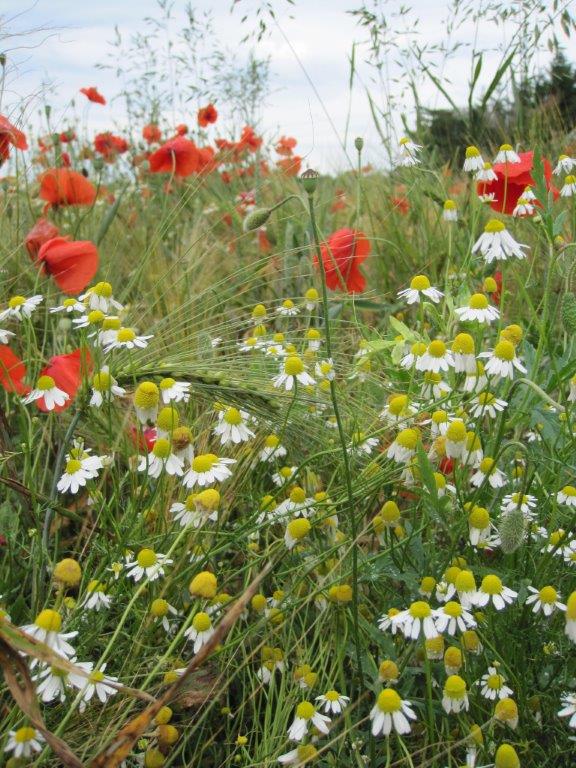Grassland Dynamics

Grasslands cover a substantial part of the land area in many regions of the world. They range from agriculturally used grasslands
with high management intensity to areas with less intense or no management at all, for instance, nature conservation areas.
All these grasslands provide important ecosystem functions and services, such as hay, fodder and bioenergy production,
biodiversity conservation, provision of habitat to various other species (e.g. pollinators, butterflies), or cultural values.
Grassland management decisions often come with a trade-off between productivity and biodiversity. Moreover, climate change and extremes
(like droughts) are expected to threaten the ecosystem functions and services provided by grasslands.

Selected Publications
- Taubert, F., Rossi, T., Wohner, C., Venier, S., Martinovič, T., Khan, T., Gordillo, J., Banitz, T. (2024):
Prototype Biodiversity Digital Twin: grassland biodiversity dynamics
Res. Ideas Outcomes 10 , e124168 10.3897/rio.10.e124168 - Schmid, J.S., Huth, A., Taubert, F. (2022):
Impact of mowing frequency and temperature on the production of temperate grasslands: explanations received by an individual-based model
Oikos 2022 (9), e09108 10.1111/oik.09108 - Hetzer, J., Huth, A., Taubert, F. (2021):
The importance of plant trait variability in grasslands: a modelling study
Ecol. Model. 453 , art. 109606 10.1016/j.ecolmodel.2021.109606 - Schmid, J.S., Huth, A., Taubert, F. (2021):
Influences of traits and processes on productivity and functional composition in grasslands: A modeling study
Ecol. Model. 440 , art. 109395 10.1016/j.ecolmodel.2020.109395 - Taubert, F., Hetzer, J., Schmid, J.S., Huth, A. (2020):
The role of species traits for grassland productivity
Ecosphere 11 (7), e03205 10.1002/ecs2.3205 - Taubert, F., Hetzer, J., Schmid, J.S., Huth, A. (2020):
Confronting an individual-based simulation model with empirical community patterns of grasslands
PLOS One 15 (7), e0236546 10.1371/journal.pone.0236546 - Taubert, F., Frank, K., Huth, A. (2012):
A review of grassland models in the biofuel context
Ecol. Model. 245 , 84 - 93 10.1016/j.ecolmodel.2012.04.007
Contact
Links
- Here you can download the GRASSMIND model and its model description.
- GRASSMIND is integrated in LandTrans "Simulator: Modular system of SMART terrestrial models"
- GRASSMIND is part of the LISA PhD College (coupled bidirectional to the soil model BODIUM)
- GRASSMIND is integrated in the EU-Infrastructure Project BioDT (see also Digital Twins in Ecology)
